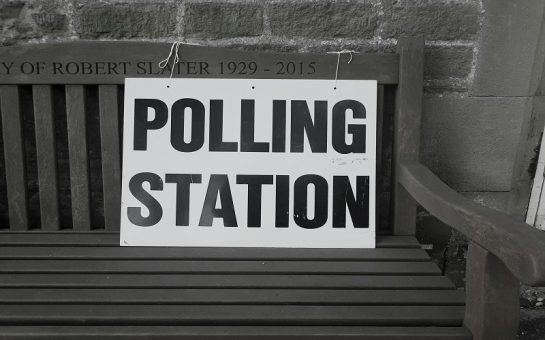In the aftermath of the COVID pandemic, data shows that huge numbers of nurses are leaving the NHS.
The number of nurses resigning from the NHS increased by almost 40% in 2022.
More than 15,300 NHS Hospital and Community Health Service nurses resigned in 2022, the highest number in the last decade and up 4,000 compared to the year before.
Over the last decade, 38% of NHS nurses who left their roles did so to take up independent and ‘other’ nurse jobs, including nurse jobs in private hospitals, agencies and charities.
Sophie Baker, 26, became a fully qualified nurse in 2020 and always assumed she would work in the NHS.
She said: “When I decided I wanted to be a nurse I never would have thought of not working in the NHS. I’ve always been incredibly proud of the NHS, that we have healthcare free at the point of access.”
But at the start of this year, Baker made the decision to resign and work as a nurse in the private sector.
The main reason she left the NHS was the toll the job took on her mental health.
She said: “I was really struggling towards the end, I was missing shifts because I was so anxious.
“I felt very guilty leaving. I know how much of a state the NHS is in and I didn’t want to contribute to the problem. I felt kind of ashamed that I couldn’t cope with it. I felt like I’d failed, I think that’s why I stayed so long.”
The impact of understaffing
The number of unfilled nursing posts in the NHS reached a six year high in 2022, with an estimated 43,768 vacancies.
It is well documented that when shifts or services are short of registered nurses, staff are less likely to be able to give quality care.
In 2022 it was reported only 25% of NHS hospital shifts had the number of planned registered nurses.
The impact on healthcare is clear. Eight in 10 staff surveyed said that on their most recent shift there was not enough nursing staff to meet all patient needs safely and effectively.
Baker said: “We used to get incredibly ill people who had come through to A&E, who should be going to intensive care, where there’s one nurse for every one, maximum two, patients.
“They’d come to us because there weren’t enough beds in A&E or intensive care. But we’d have seven other patients to look after, who we wouldn’t be able to do anything for because of this one patient who needed so much care.
“I’d go home feeling guilty constantly, not just for the patients I couldn’t do things for, but also for that one patient, because you still can’t give everything they need either.”
NHS nurses are demanding fair pay
In 2021, the Royal College of Nursing (RCN) employment survey found 57% of nursing staff aged 18-34 reported they were thinking about leaving their job due to inadequate pay.
Earlier this year, nurses staged a series of strikes in demand of a salary increase.
The RCN requested a 5% pay rise on top of inflation, which amounts to a total pay rise of around 17%.
Although this pay demand seems high, it takes into account the fall in nurses’ wages in real terms every year, over the last ten years.
In response to the industrial action, the Government offered a pay increase of 5% and a one-off payment of at least £1,890, which the NHS Staff Council agreed to in May.
However, nursing unions RCN and Unite rejected the offer.
Unite national lead officer Onay Kaseb said the offer “does not go far enough to stop the recruitment and retention crisis that is collapsing the NHS”.
“When they came back with such a low offer it was insulting,” said Baker.
“Those in the NHS are the most incredible people. They’re doing these jobs like holding somebody’s hand while they die, washing a dead body and running to someone’s bedside to bring them back to life. Why can’t we pay them a fair wage?”
A Department of Health and Social Care spokesperson said: “We know that if we are to build a stronger, healthier NHS for the long-term with patients at its centre, it is vital to have the workforce to support it.
“There are record numbers of staff working in the NHS with over 53,600 more people compared to a year ago – including over 5,400 more doctors – who are helping to cut waiting lists.
“We want to build on this progress and the first ever NHS Long Term Workforce Plan, backed by over £2.4 billion of government funding will deliver the biggest training expansion in history – including doubling the number of medical school places by 2031 – while recruiting and retaining hundreds of thousands more staff over the next 15 years.”





Join the discussion